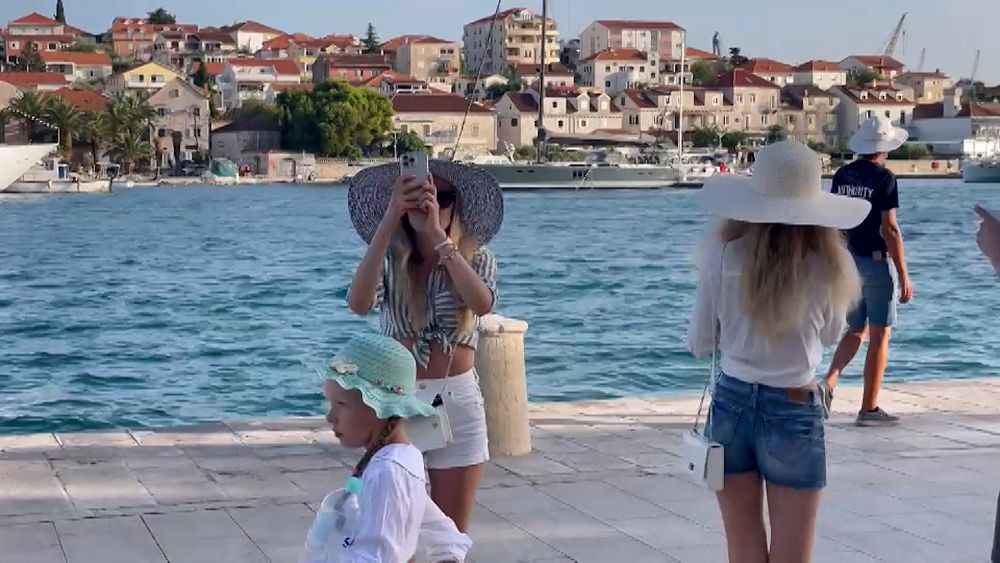More than 9 million people have visited Croatia this year, according to the Croatian Ministry of Tourism. This figure is a 12 per cent increase on 2022.
It means the tourism sector's revenues are higher than they were in 2019 when tourists all but disappeared due to COVID.
According to the Zagreb government, the reason is simple - Croatia joined the euro and the Schengen zone at the start of this year.
“The eurozone made everything easier for tourists. They don't have to look for exchange offices, don't need to check the rates," says Antonio Miskovic who works at one of the biggest yacht clubs in the Adriatic.
But it's not such good news for locals, "I think for people who live here, it was a big change. They're still trying to adapt to the new prices."
Many vendors in the tourist hotspot of Trogir say they don't believe the ministry’s figures. They say there are at least 20 to 30 per cent fewer tourists than last year.
Many Croats are finding inflation hard to handle. It peaked at 13.5 per cent last November, and while it has gradually been coming down, there was a spike in January when Croatia switched to the euro. It has now it has settled at 7.6 per cent.
With tourism accounting for 20 per cent of Croatia's GDP, good performance is vital for the country.
For the moment though, there seems to be a big difference between what the locals feel and what the figures show.


